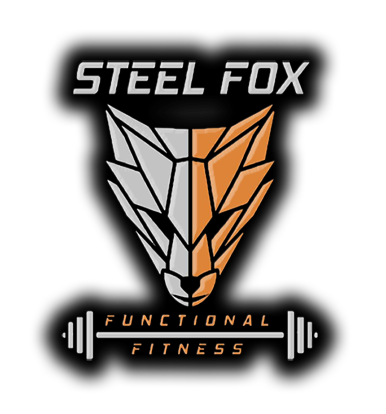Importance of the Warm Up
The warm up is an often overlooked component of a daily training session. It’s easy to ride the Assault Bike for 2 minutes, roll out your quads, do a couple air squats, then hop right into a workout. A purposeful warm up not only reduces your chance of injury but, primes your body (and mind) for an optimal workout. When developing a warm up you should look to elevate body temperature, increase cardiorespiratory rate, mobility of key positions, activation, and movement fundamentals. Recognizing the importance of a warm up is crucial to get the most out of your training.
Elevating your body temperature allows more oxygen to be moved and utilized by the muscle while exercising by increasing blood flow and oxygen saturation. Increasing core body temperature also primes your nervous system for faster impulses improving muscle strength, speed, and power. Finally, an elevation in body temperature improves muscle viscosity (secretion of synovial fluid around a muscle) allowing for a greater demand to be put on the muscle without injury. (Shellock, Prentice. 1985)
When developing a warm up, it is always important to look forward to your specific training session. Incorporating mobility and activation drills will prime certain movements that come up later on. For example, on a basic squat day starting with hip external rotation and flexion mobility would allow you to better access the bottom position of a squat. Also, activating your posterior chain using band pull throughs, glute ham raises, or hip thrusts prime the right muscle groups for maximal efficacy.
Warm ups are also a time where skill and fundamental reinforcement should be practiced. Fundamentals in CrossFit are not as sexy as stringing kipping handstand push ups and power cleaning at 90%. Instead, ask yourself, “How does my air squat look and feel?”, “What can I be doing better in my kip swing?” or, “What am I focusing on in my PVC pipe snatch?” Warming up is a time where you can pick apart your movements and skills at a low heart rate and under little to zero load. Master the fundamentals and everything else will fall into place.
